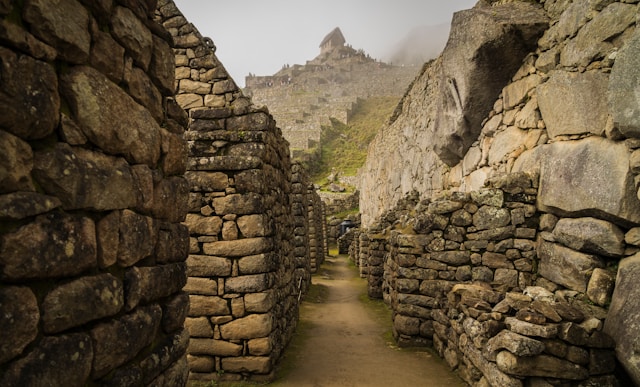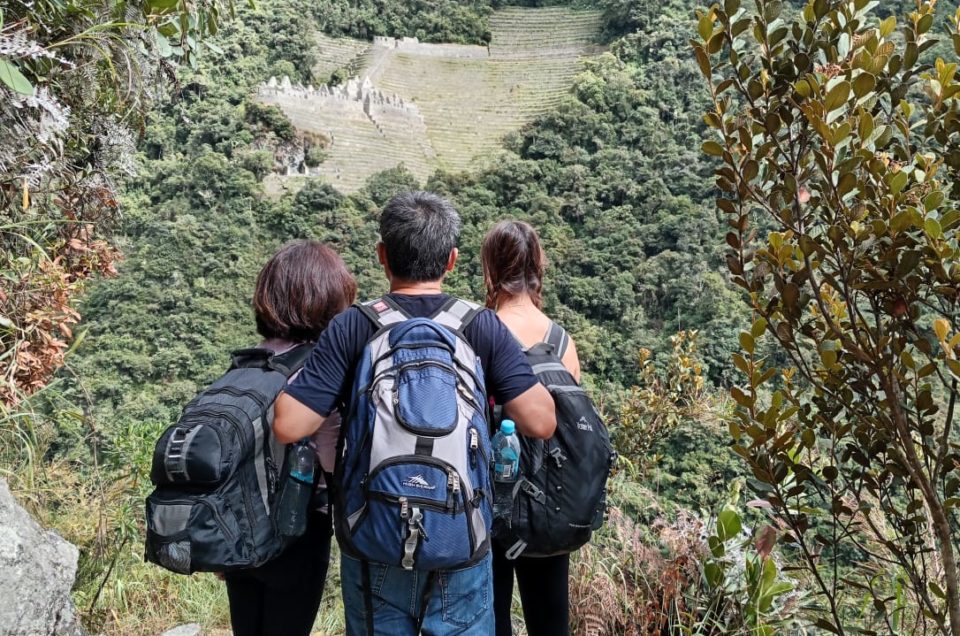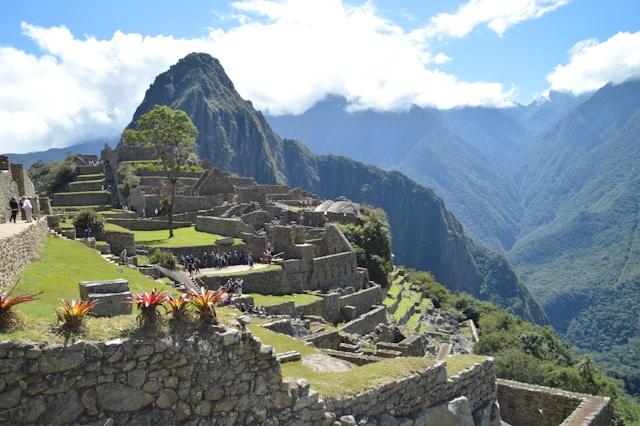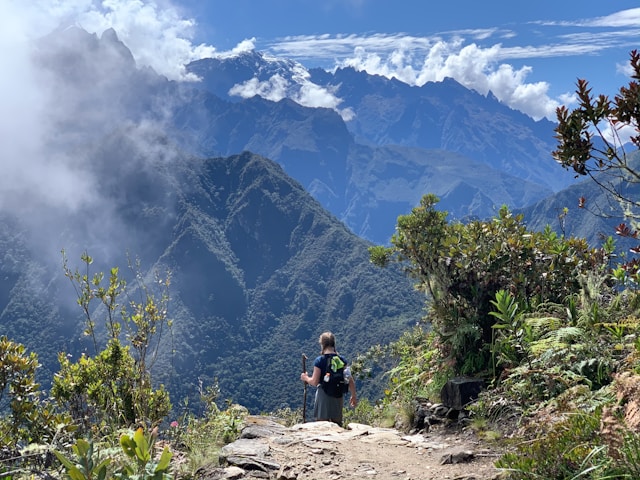Are you planning a trip to South America? The Inca Trail hikes to Machu Picchu are among the most iconic and unforgettable treks you can experience. This ancient trail, woven through the Andes Mountains, offers not only breathtaking views but also a deep dive into the rich history of the Inca civilization. Whether you’re exploring the classic route or one of the alternative Inca Trail hikes to Machu Picchu, this journey promises a perfect blend of adventure, natural beauty, and cultural discovery.
What is the Inca Trail?
The Inca Trail is a network of hiking trails that were originally part of the extensive Inca road system, which spanned much of western South America. The most famous section of the trail leads to the ancient city of Machu Picchu, a UNESCO World Heritage Site and one of the New Seven Wonders of the World. To experience this iconic trek, obtaining an Inca Trail permit is essential, as access to the trail is strictly regulated to preserve its beauty and historical significance.
This trail offers a unique combination of natural beauty, archaeological treasures, and cultural significance. The Inca Trail permit not only ensures the preservation of this historic route but also guarantees a controlled number of trekkers, allowing for a more intimate and sustainable experience of this breathtaking journey.
Inca trail History: The Historical Significance of the Inca Trail
Walking the Inca Trail is like stepping into the past, where every step unveils the brilliance of Incan engineering. The Incas constructed the Qhapaq Ñan, an extensive road network spanning over 30,000 kilometers, connecting their vast empire, Tahuantinsuyo, which stretched from modern-day Colombia to Chile and Argentina. This intricate system was pivotal for communication, trade, and military strategy, ensuring the empire’s cohesion across diverse and challenging terrains.
The Inca Trail history is rich with stories of chasquis (Incan messengers) who traversed these roads with messages, as well as traders and pilgrims on their way to sacred sites like Machu Picchu. The trail itself is a masterpiece of design, with carefully laid stone steps, tunnels, and waystations known as tambos that still echo the footsteps of those who walked them centuries ago.
Today, walking the Inca Trail is more than just a physical challenge—it’s an immersion into the living legacy of the Inca civilization. As you navigate the trail’s breathtaking landscapes and ancient ruins, you are following in the footsteps of history, experiencing the remarkable blend of nature and culture that defines the Inca Trail history. It’s not just a hike; it’s a transformative journey through time.
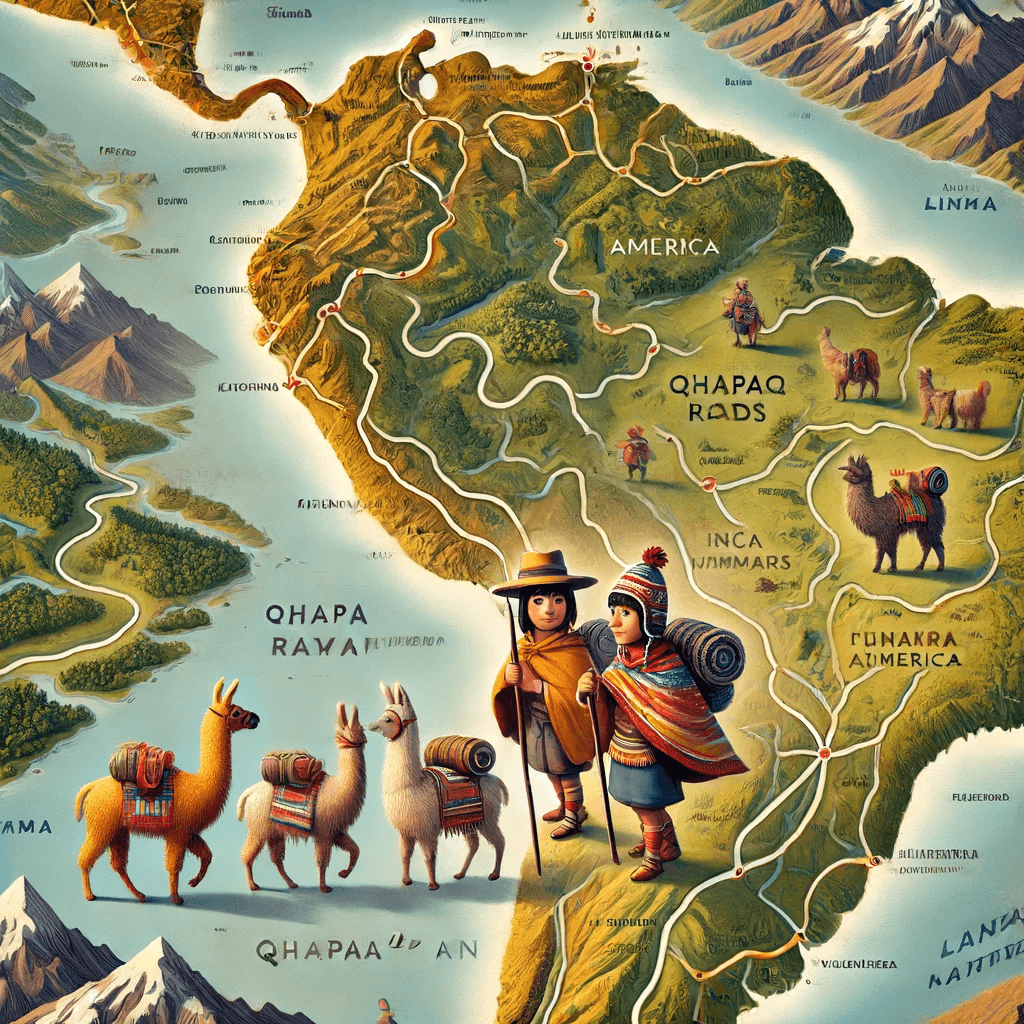
The Trekking Experience
Walking the Inca Trail today, you’re literally following in the footsteps of history. Imagine messengers, known as chasquis, running along these paths to deliver important messages across the empire. Picture religious pilgrims traveling to sacred sites, and armies marching to defend their lands. Every step on the trail brings you closer to the rich tapestry of Inca life.
1. Classic Inca Trail (4 Days/3 Nights):Book Here
- Day 1: The adventure begins at Km 82, where you will start your trek through the Sacred Valley. The first day is relatively easy, allowing you to acclimate to the altitude while enjoying the lush Andean scenery.
- Day 2: This is considered the most challenging day as you ascend to the highest point of the trail, Dead Woman’s Pass (4,200 meters). The effort is rewarded with stunning panoramic views. Acclimatization to the altitude is essential for this part of the trek.
- Day 3: The trail takes you through cloud forests and past several impressive archaeological sites, including Runkurakay, Sayacmarca, and Phuyupatamarca. The day’s trek ends at the Winay Wayna campsite.
- Day 4: The final stretch leads to the Sun Gate (Intipunku), where you will witness the awe-inspiring sunrise over Machu Picchu. After exploring the ancient city, you will descend to Aguas Calientes for a well-deserved rest.
In the map below, you will find detailed information about the elevation on the Inca Trail, showcasing the key Inca Trail altitude changes along the 4-day and 2-day trekking routes. Understanding the Inca Trail altitude is crucial for planning your journey, as it helps you prepare for the challenging ascents and descents that define this iconic adventure. Whether you’re conquering the full 4-day trail or opting for the shorter 2-day version, being aware of the elevation shifts will enhance your trekking experience and readiness.
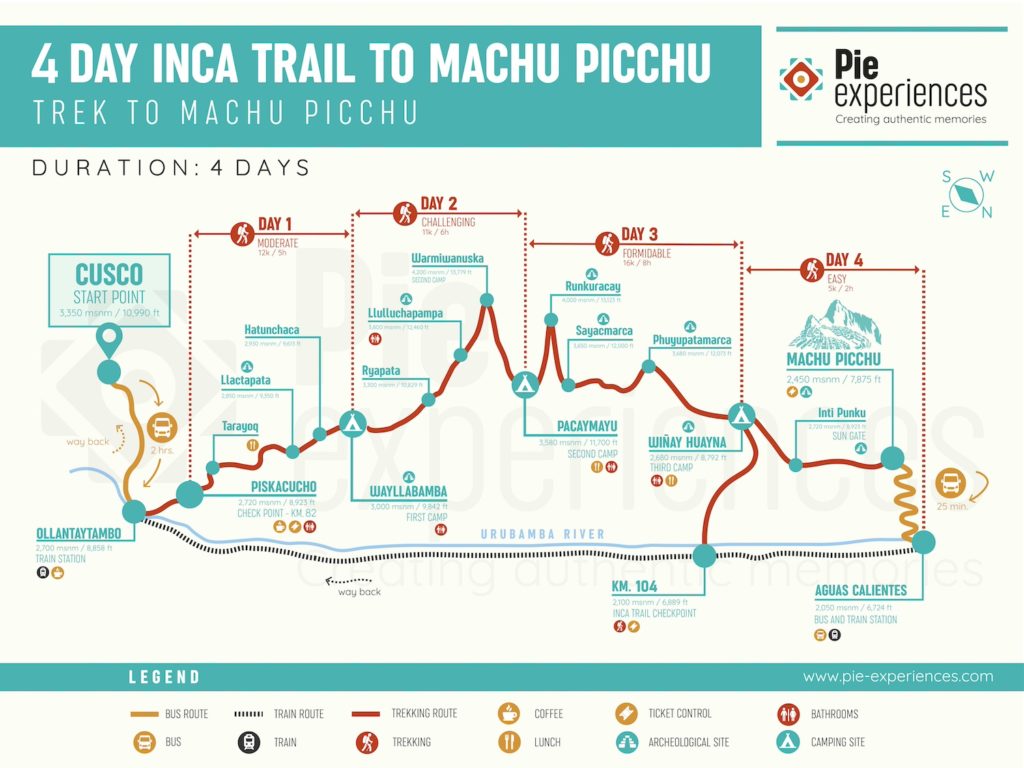
2. Short Inca Trail (2 Days/1 Night): Book Here
- Day 1: Starting at Km 104, this shorter version of the trek takes you through beautiful landscapes and the impressive ruins of Wiñay Wayna. You will reach Machu Picchu by the afternoon, allowing you to enjoy a less crowded visit to the site. Unlike the 4-day trek, the 2-day trek does not require acclimatization to high altitudes as it does not reach the same elevations.
- Day 2: You will have the opportunity to revisit Machu Picchu early in the morning for a guided tour before returning to Cusco.
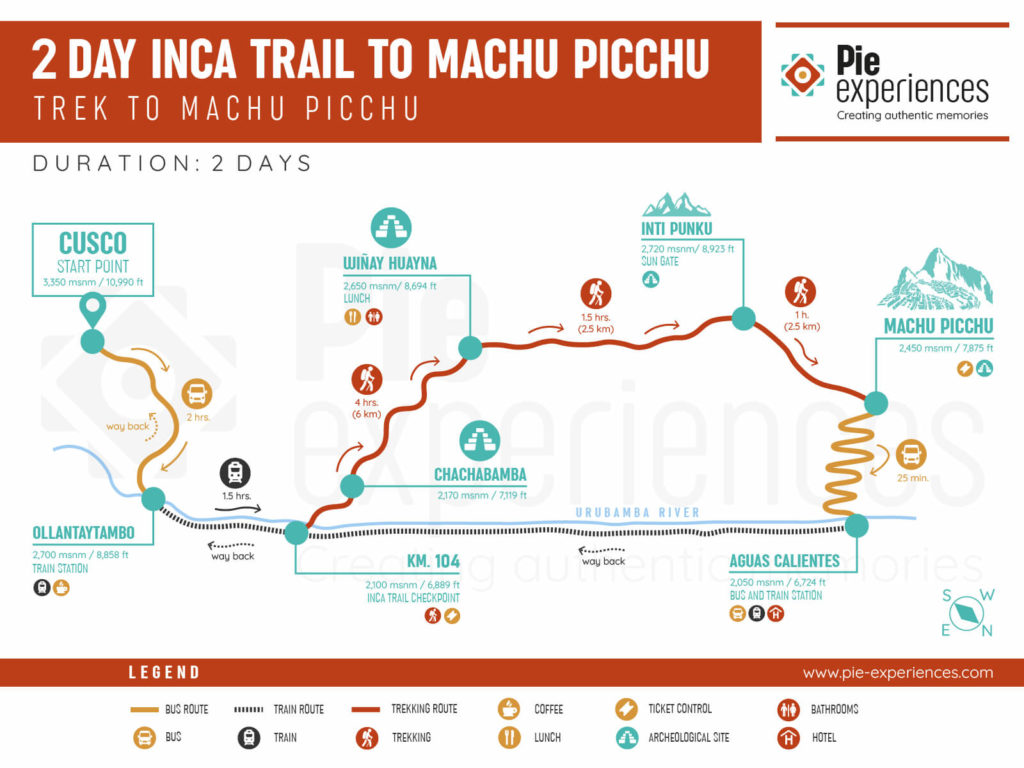
Conquering the Inca Trail Difficulty: A Trekker’s Guide to Success
The Inca Trail difficulty is a topic every trekker should consider before embarking on this legendary journey. Known for its breathtaking views and historical significance, the trail is also challenging due to its steep ascents, rugged terrain, and high altitudes. The trail reaches elevations over 4,200 meters (13,800 feet) at Dead Woman’s Pass, the highest point, which can pose difficulties for those unaccustomed to high-altitude trekking.
The level of difficulty varies depending on the trek duration: the classic 4-day trek involves long hours of hiking and significant elevation changes, while the 2-day trek is more accessible but still requires a good level of fitness. Factors such as weather, acclimatization, and physical preparedness play a huge role in how one experiences the journey. While the Inca Trail can be demanding, the rewards of stunning Andean landscapes, ancient Incan ruins, and the unforgettable arrival at Machu Picchu make the effort worthwhile. With proper preparation and determination, the challenge of the Inca Trail difficulty transforms into one of the most rewarding adventures imaginable.
Inca Trail Best Time: When to Plan Your Journey
Choosing the best time to hike the Inca Trail is key to having the best possible experience. While the trail is open year-round (except in February for maintenance), the weather, scenery, and trail conditions can vary greatly depending on the season. Here’s a breakdown to help you decide:
Best Time to Visit: Dry Season (May to September)
- Why it’s ideal: The dry season is the most popular time to hike the Inca Trail due to its sunny days and clear skies. This period offers the best conditions for trekking and enjoying breathtaking views of the Andes and archaeological sites.
- Trail conditions: Trails are dry and stable, making them easier to navigate.
- Temperatures: Days are pleasantly warm (15°C to 20°C or 59°F to 68°F), while nights at higher altitudes can drop to freezing (as low as -5°C or 23°F).
- Popularity: This is the busiest time on the trail. Permits, which are limited to 500 people per day, sell out quickly—sometimes 6 months in advance.
-
Shoulder Seasons: April and October
- Why consider these months: These transitional months offer a balance of decent weather and fewer crowds. You’ll enjoy moderate trail traffic and the benefits of lush, green landscapes from recent rains.
- Trail conditions: Some sections may be damp but are generally manageable.
- Scenery: The vibrant greenery and occasional flowers make these months particularly scenic.
-
Wet Season: November to March
- Pros:
- Fewer hikers, providing a quieter and more serene experience.
- The landscape is lush and vibrant, with wildflowers dotting the scenery.
- Cons:
- Frequent rains can make the trail muddy and challenging.
- Cloud cover may obscure some iconic views, including Machu Picchu.
- River crossings may be more difficult due to high water levels.
- Important: The Inca Trail is closed every February for maintenance and conservation. However, alternative routes to Machu Picchu remain open during this time.
- Tips: If hiking during this season, be sure to pack high-quality waterproof gear and be prepared for changing weather conditions. For February travelers, consider exploring other treks like the Salkantay or Lares routes.
- Pros:
Alternative Treks to Machu Picchu
The Inca Trail is undoubtedly the most famous route to Machu Picchu, but several other trails offer unique experiences and breathtaking views. Here are some of the notable alternative treks:
1. Salkantay Trek: Book here
The Salkantay Trek is a high-altitude trail that takes you through diverse landscapes, from snow-capped mountains to lush cloud forests. Named after the majestic Salkantay Mountain, this trek is known for its challenging routes and stunning scenery. Unlike the Inca Trail, no permits are required, making it a flexible option for last-minute travelers.
2. Lares Trek:
The Lares Trek is perfect for those looking to experience authentic Andean culture. This trail takes you through traditional villages where you can interact with local communities and learn about their way of life. The trek also offers beautiful landscapes, including hot springs and alpine lakes.
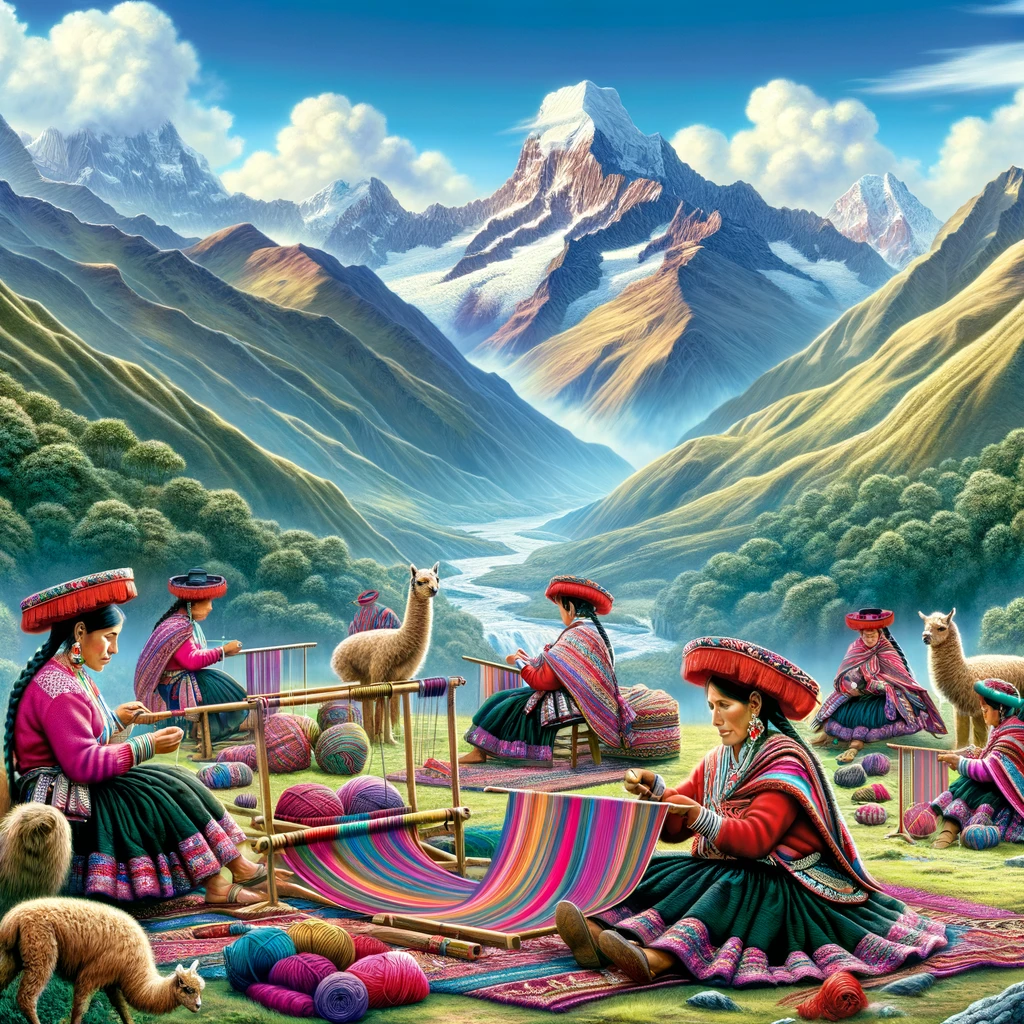
3. Vilcabamba Inca Trail:
The Vilcabamba Inca Trail is a lesser-known route that leads to the last stronghold of the Inca Empire. This trek is more remote and less crowded, offering a sense of adventure and discovery. The trail takes you through diverse ecosystems and past several Inca ruins before arriving at the ancient city of Vilcabamba.
4. Choquequirao Trail: Book Here
The Choquequirao Trail is a challenging trek that leads to the impressive archaeological site of Choquequirao, often referred to as the “sister city” of Machu Picchu. This trail offers a more secluded and off-the-beaten-path experience, with equally stunning ruins and landscapes. The trek is demanding, but the rewards are well worth the effort.
Also learn about the 10 new circuits to Machu Picchu
Flora and Fauna
One of the most enchanting aspects of the Inca Trail and its alternatives is the diverse flora and fauna you’ll encounter along the way. Picture vibrant orchids, bromeliads, and lush cloud forests. Keep an eye out for llamas, hummingbirds, and even the elusive Andean bear. The trails wind through various ecosystems, each offering a unique glimpse into Peru’s natural beauty.
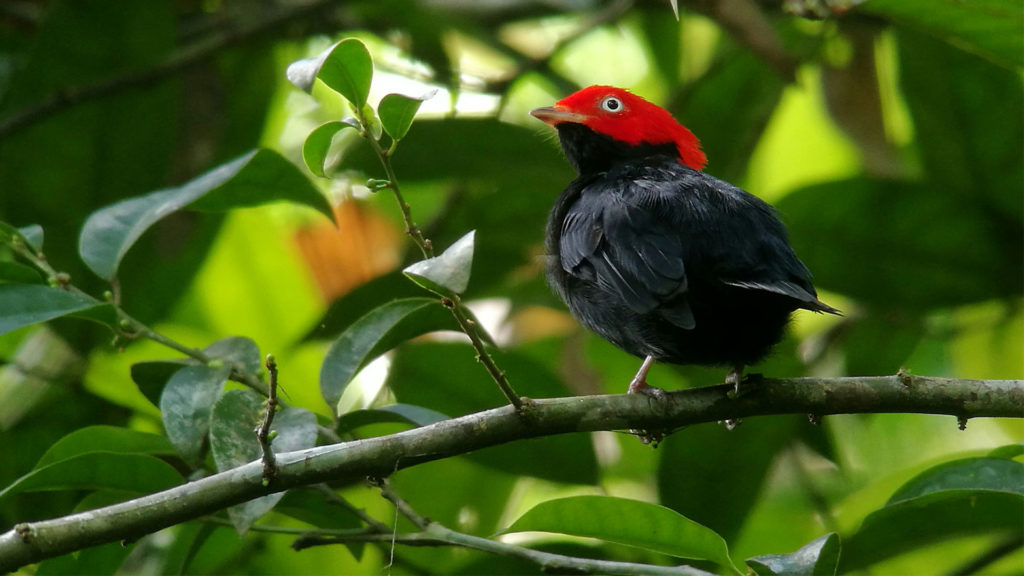
Preparing for the Trek
- Physical Preparation: The Inca Trail and its alternatives are challenging treks that require good physical fitness. It’s recommended to start training several months in advance, focusing on cardiovascular endurance, strength, and hiking practice.
- Altitude Acclimatization: For high-altitude treks like the Classic Inca Trail and Salkantay Trek, acclimatization to the altitude is crucial. Spending a few days in Cusco or the Sacred Valley before the trek can help your body adjust.
- Permits and Regulations: The Classic Inca Trail requires permits, and it’s crucial to book well in advance. Alternative treks like the Salkantay and Lares treks do not require permits, offering more flexibility.
- What to Pack: Essential items include sturdy hiking boots, a quality backpack, layered clothing, a rain jacket, sunscreen, insect repellent, and a water purification system.
Why Choose the Inca Trail or Its Alternatives?
The Inca Trail and its alternative treks offer more than just a hike; they provide a journey through history and nature. Each trail presents its own unique blend of stunning landscapes, ancient ruins, and cultural insights, making them once-in-a-lifetime experiences. Whether you’re an avid trekker or a history enthusiast, these trails offer something truly special.
Conclusion
The Inca Trail and its alternatives are testaments to the ingenuity and resilience of the Inca civilization. As you walk the same paths once used by the Incas, you’ll gain a deeper appreciation for their achievements and the breathtaking beauty of the Andean landscape. Prepare for an adventure that combines physical challenge, historical discovery, and unparalleled natural beauty.


